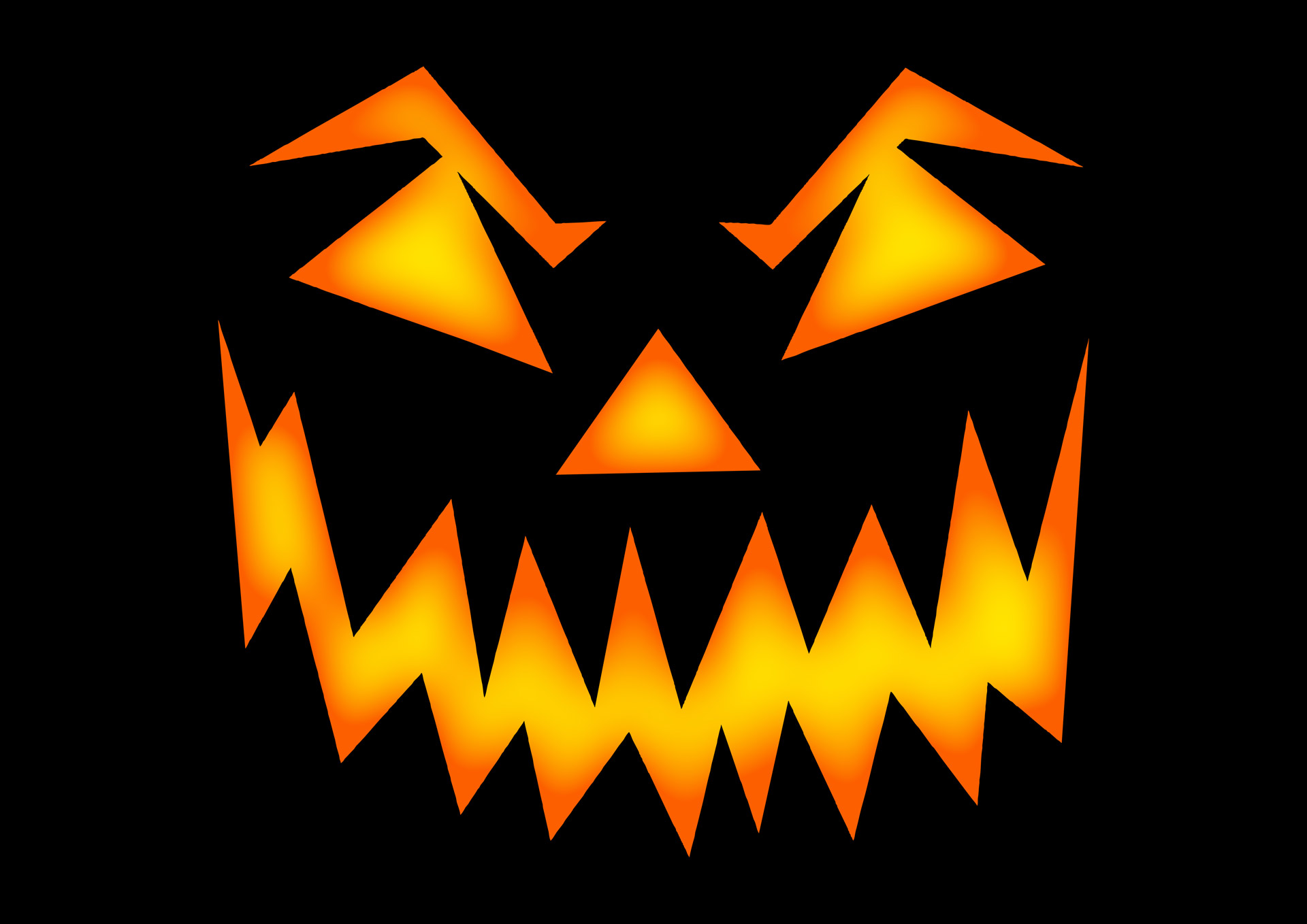education
13 Facts About Halloween: Giving Students Some Protein with Their Candy
October 30, 2019
- Halloween means Holy Night. (Holy Evening—Hallow Evening—Hallow E’en) It’s the evening before All Saints Day on November 1, which commemorates saints of the Catholic Church and people who are now in heaven. This is not to be confused with All Souls Day on November 2, which celebrates people who have died but who have not yet gone to heaven (it’s complicated).
- Samhain (pronounced sow-win) is the pre-Christian origin of Halloween. It is a harvest festival to celebrate the reaping of the crops and it also marks the beginning of the darker part of the year when the days are short and the boundaries between this world and the next are thin. It corresponded to the fall equinox before the advent of the Gregorian calendar in 1582.
- Jack O’Lanterns started as an Irish folktale about “Stingy Jack” who played tricks on the devil to keep his soul out of hell. When he died, God didn’t want someone that tricky in heaven, either. So, Jack spends eternity, safe from hell and not allowed in heaven, wandering the earth with a lamp made out of turnips and later potatoes. When the Irish came to America in the 19th century, they found that the native pumpkins made better lanterns. Why on Halloween? What better day to celebrate someone caught between heaven and hell?
- It’s responsible for Daylight Savings Time. At least for extending DST into the beginning of November. This was due to lobbying from the candy industry so that kids would have an extra hour of daylight to go trick or treating. That’s a lot of sugar. The candy industry, along with the decorations industry, makes about nine billion dollars during Halloween.
- The next full moon on Halloween will be next year in 2020.
- Halloween is New Year’s Eve for those practicing Neopagan religions such as Wicca. The word Wicca derives from an Old English word meaning “sorcerer.”
- Trick or Treating was often called “Guising” and not that popular until 1952, after it was featured in the Peanuts comic strip and in a Donald Duck cartoon.
- “Souling” was the Medieval version of trick or treating. Children would offer to sing prayers for the dead in exchange for cakes.
- The tradition of wearing masks and costumes started in pre-Christian Europe (and has versions all over the world) with the intent to dress up as scary spirits in order to hide from them.
- Black and orange are Halloween’s colors because orange is associated with the fall harvest and the turning of the leaves. Black is for the darkening of the days.
- In the movie, Halloween, the killer Michael Meyers wears an iconic mask that is actually a mask of William Shatner’s Captain Kirk from a cheap Halloween Star Trek costume.
- The most popular Halloween candy is Skittles, though the best-selling candy bar in the world is Snickers.
- The world’s greatest magician, Harry Houdini, died on Halloween, 1926. The comedian John Candy was born on Halloween, 1950.
Bonus: Triskaidekaphobia is fear of the number 13, due to ancient Sumerian base-12 mathematics. In Italy, however, 17 is unlucky because in Latin it’s written as XVII, which is an anagram for vixi, which means “my life is over.”
Contact us


